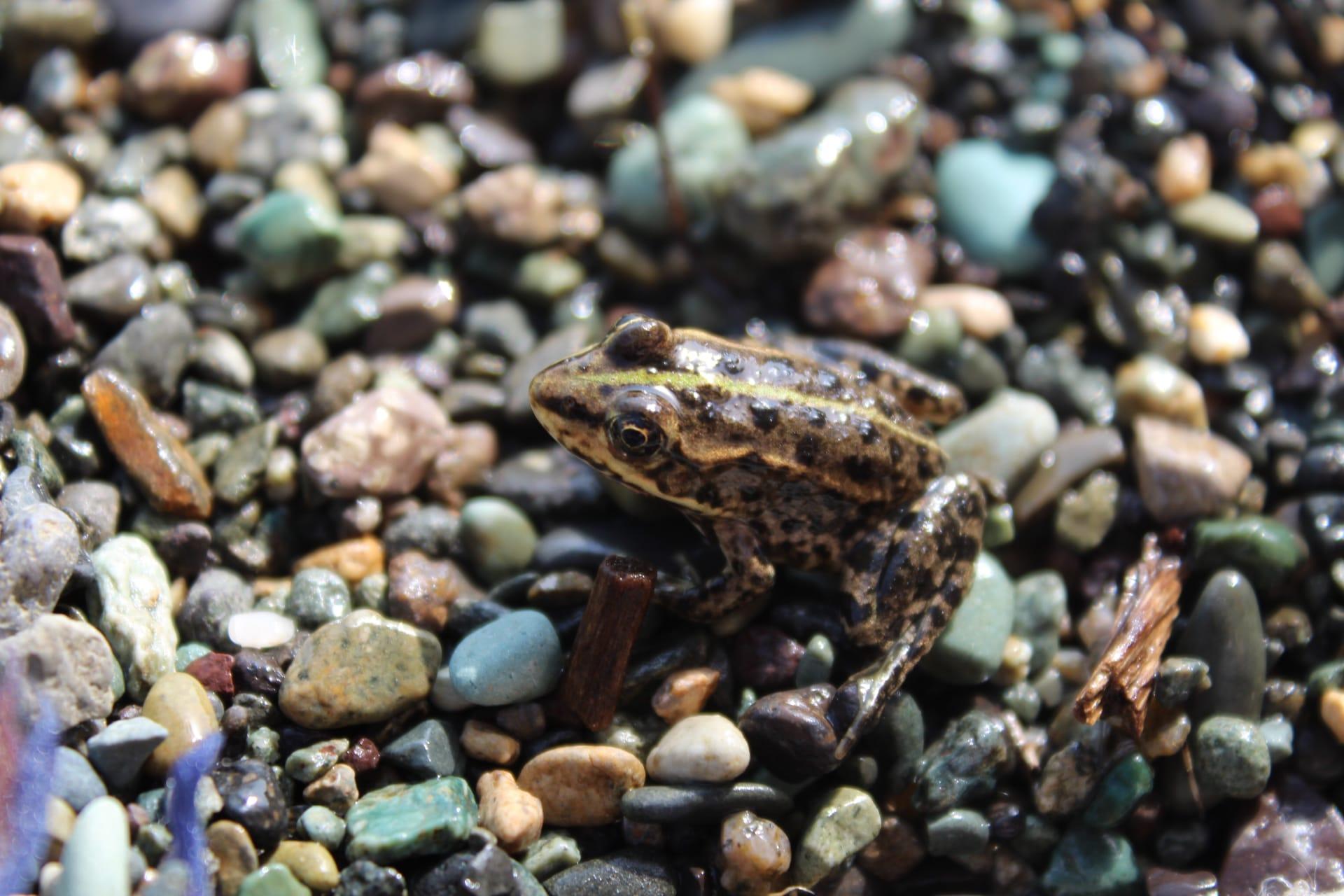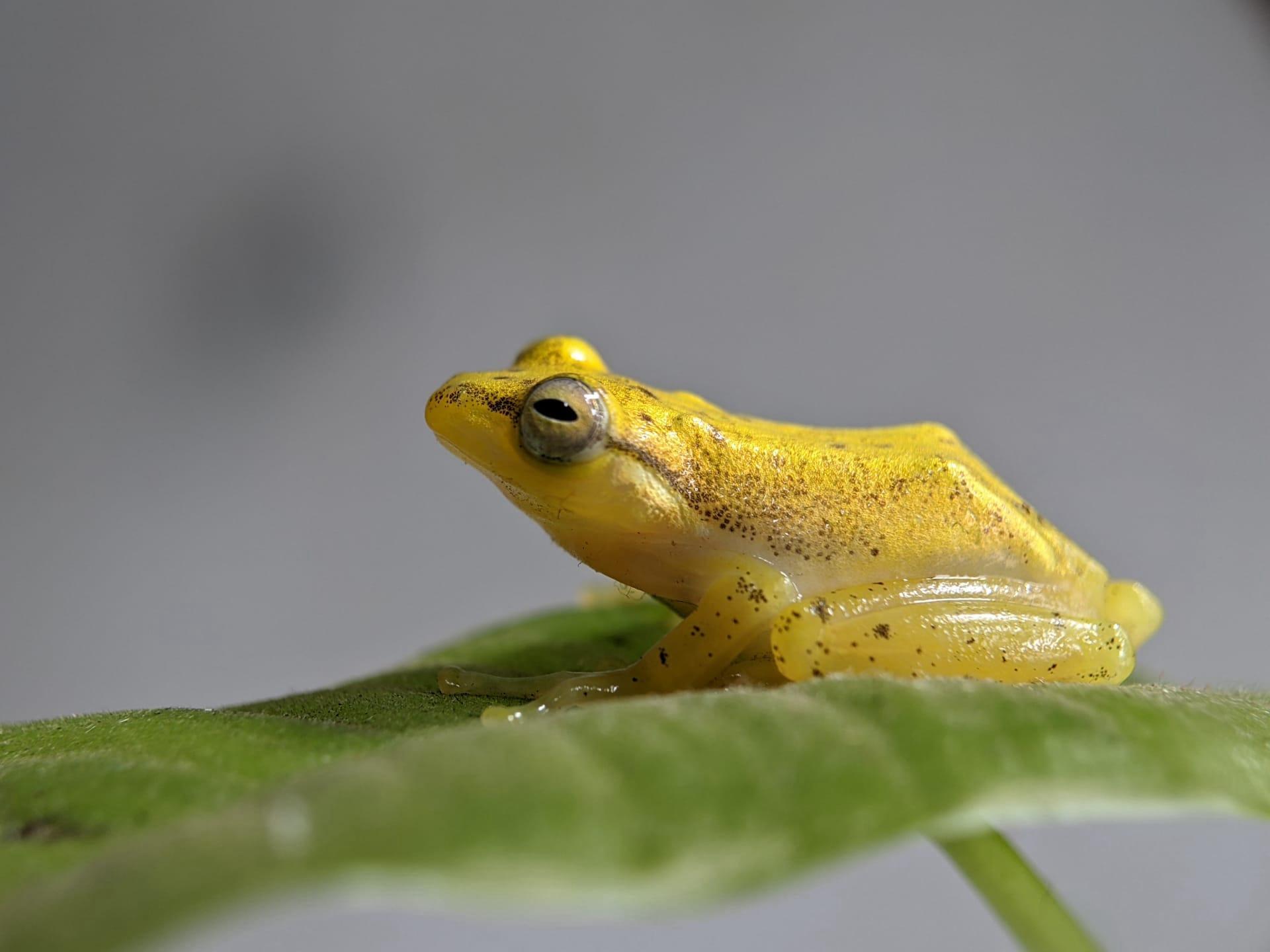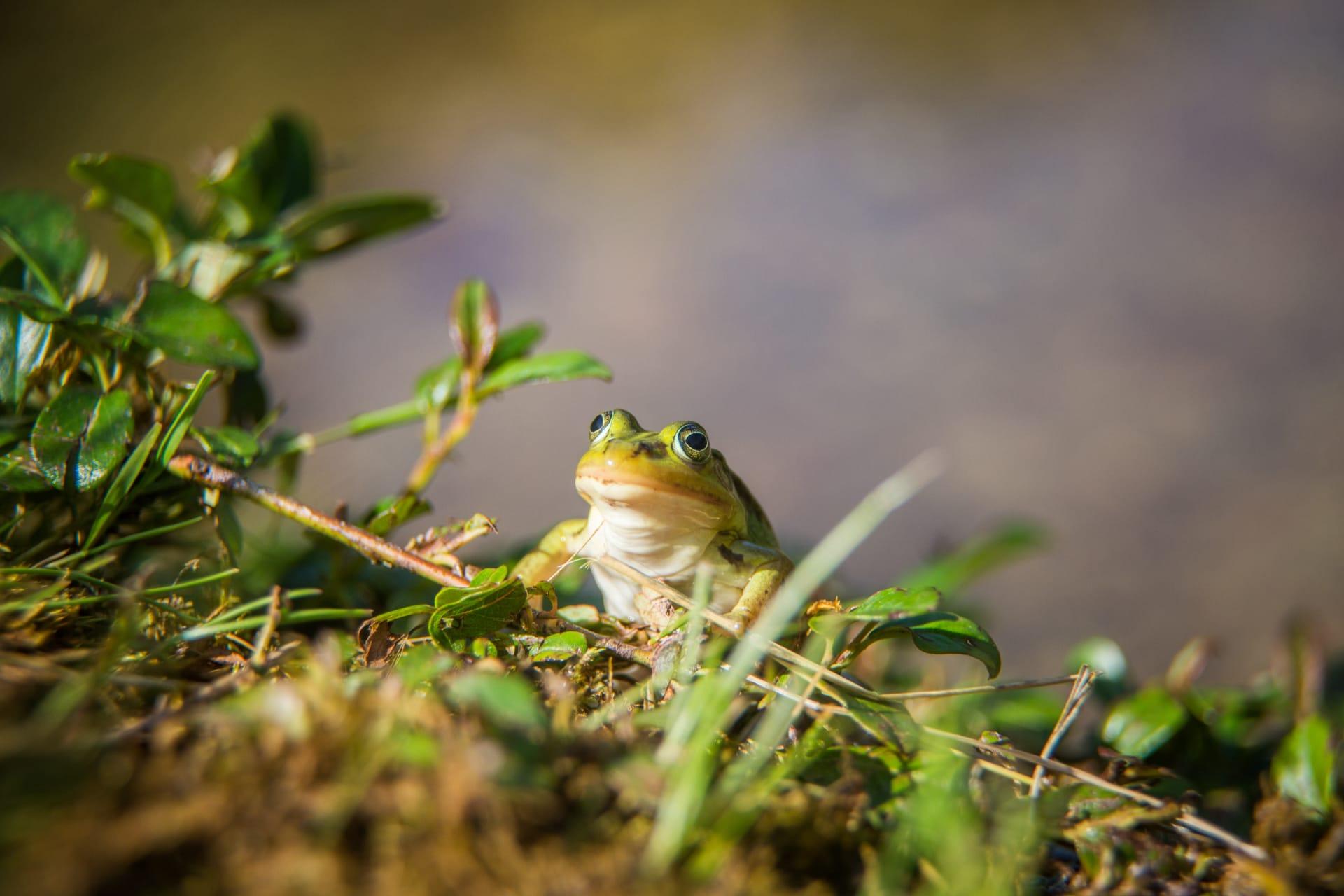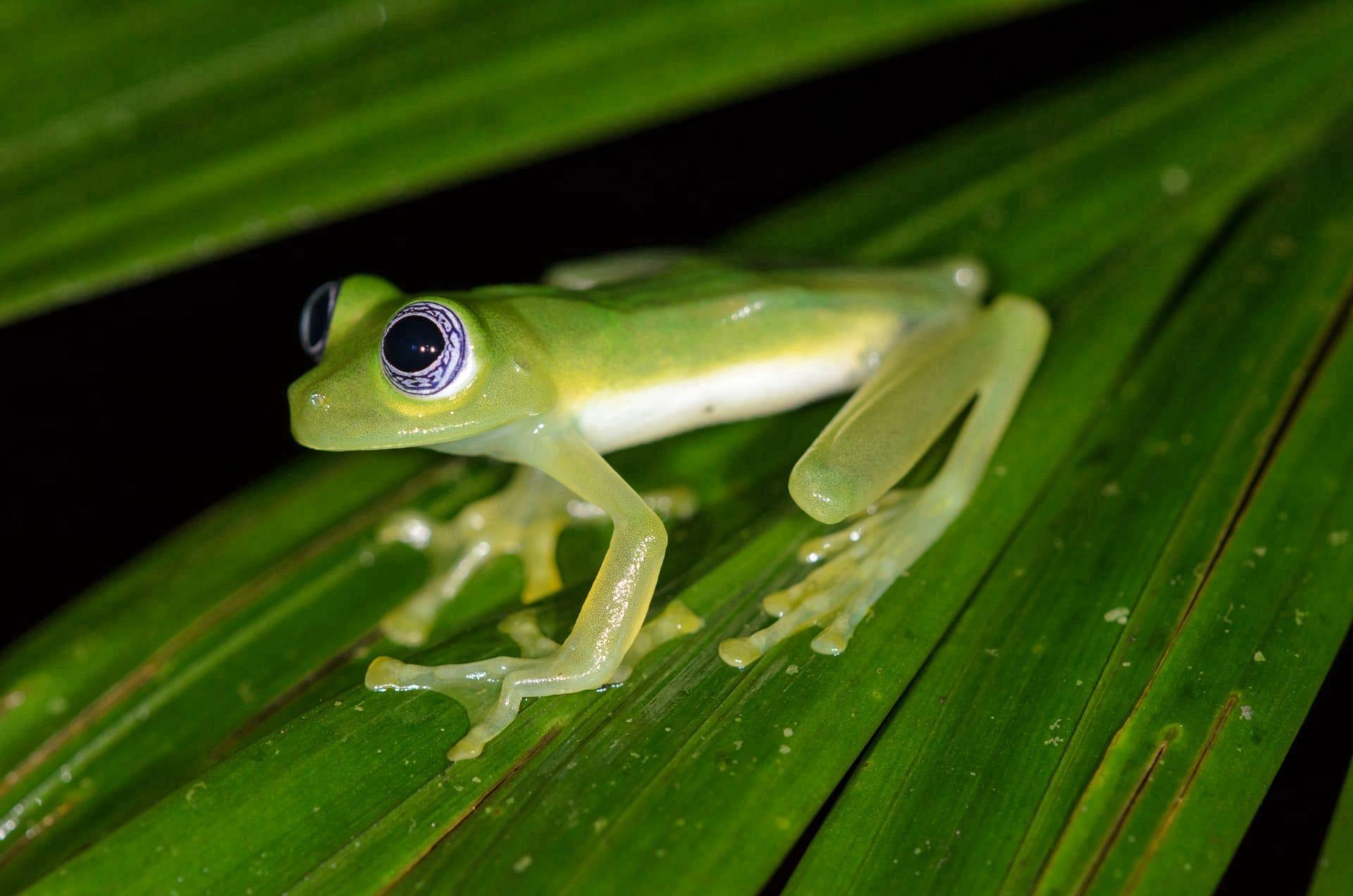Frog
- Home /
- Mini Encyclopedia /
- Animal /
- Frog
1
Frogs, remarkable for their vibrant colors and distinctive croaking, belong to the order Anura in the class Amphibia. This group, known for its diverse species, includes over 6,500 types, varying in size from the tiny Paedophryne amauensis of Papua New Guinea, measuring just 7.7 millimeters, to the goliath frog (Conraua goliath) of Cameroon and Equatorial Guinea, reaching up to 32 centimeters in length. These species are categorized into various families, such as the Hylidae (tree frogs), Ranidae (true frogs), and Bufonidae (toads). Each family is distinct, with members adapted to a range of habitats and lifestyles.
Frogs have a global distribution, thriving in diverse environments from tropical rainforests to arid deserts. They are notably absent in Antarctica and some remote islands. In the Amazon Basin, frog diversity peaks with hundreds of species coexisting, some still undiscovered. Contrarily, colder regions like northern Europe and Canada have fewer species. Frogs' adaptability to different climates and environments is a testament to their evolutionary success, with some species uniquely adapted to urban areas, highlighting their remarkable versatility.

2
Question: Do frogs always sleep with their eyes open?
Answer: Contrary to popular belief, frogs can close their eyes, but they usually don't sleep in the traditional sense. Instead, they enter a state of rest where they remain alert to danger. Their eyelids aren't used for blinking like in humans; rather, they keep the eyes moist and protect them while the frog is inactive. Some species have a transparent membrane for protection while maintaining visibility, a crucial adaptation for survival in the wild.

3
Frogs employ various survival strategies to thrive in their habitats. One key tactic is their skin, which plays a multifaceted role. It helps in respiration, maintains hydration, and in some species, secretes toxins for defense. For instance, the poison dart frog from Central and South American rainforests has skin toxins potent enough to deter predators. Camouflage is another crucial strategy. Many frogs blend seamlessly with their surroundings, like the leaf-green tree frogs in rainforests, making them nearly invisible to predators and prey.
Reproduction strategies in frogs are equally diverse. The explosive breeding strategy, where many individuals gather for a short, intense breeding period, minimizes the risk of predation. In contrast, prolonged breeding, as seen in some temperate species, spreads out the risk. Some, like the Darwin's frog, showcase unique parental care, with the male carrying tadpoles in his vocal sac until they metamorphose.

4
In ecosystems, frogs play crucial roles, acting as both predators and prey. As predators, they control insect populations, including agricultural pests, thereby supporting crop health and balance in their habitats. Their diet typically consists of insects, spiders, and small invertebrates, which they capture with their sticky, extendable tongues.
As prey, frogs are vital in the food chain, supporting a range of predators like birds, snakes, and larger mammals. Their presence and numbers in an ecosystem are often indicators of environmental health, making them key species in ecological studies. Their sensitivity to pollutants and habitat changes makes them effective bioindicators, signaling the health of their ecosystems.

5
Film: "Frogs: The Thin Green Line" (USA, 2009) offers an insightful journey into the world of frogs and the looming threat of extinction. The documentary highlights the global decline in frog populations, exploring causes like habitat loss, pollution, climate change, and the deadly chytrid fungus. It emphasizes the critical role frogs play in ecosystems and the urgent need for conservation efforts.
Book: "Frogs" by David Badger (USA, 1995) is a comprehensive guide, showcasing the diversity and beauty of frogs. It delves into various species, their habitats, behaviors, and the challenges they face. The book is enriched with stunning photography, making it both informative and visually appealing.
Book: "The Book of Frogs: A Life-Size Guide to Six Hundred Species from around the World" by Tim Halliday (UK, 2016) presents an extensive overview of frog species across the globe. It features life-size photographs, detailed profiles on species' habitats, behaviors, and conservation status, offering readers a thorough understanding of these fascinating creatures.